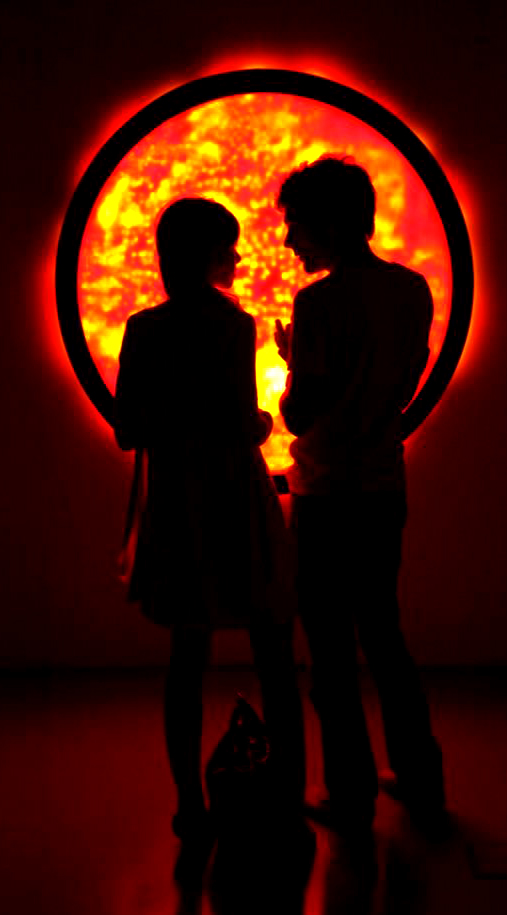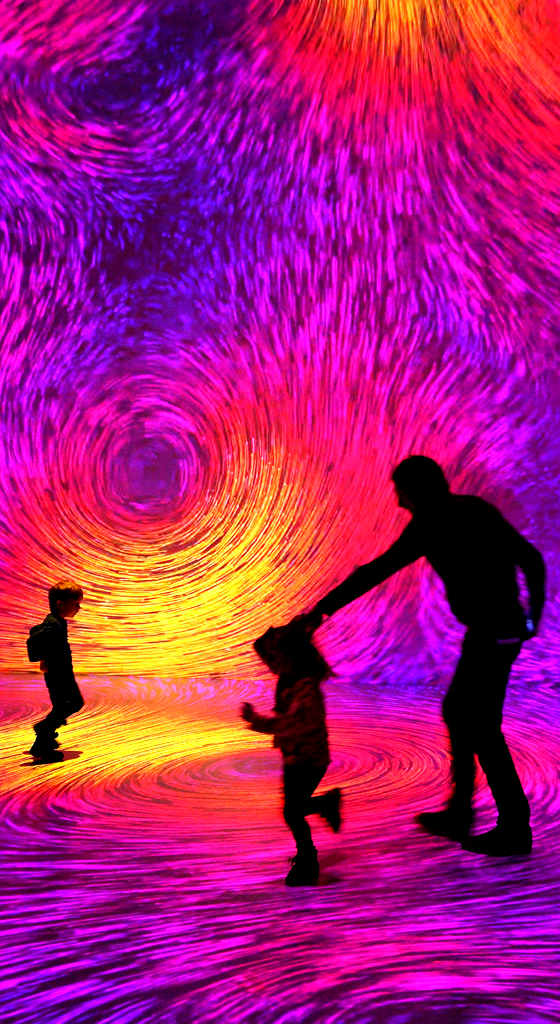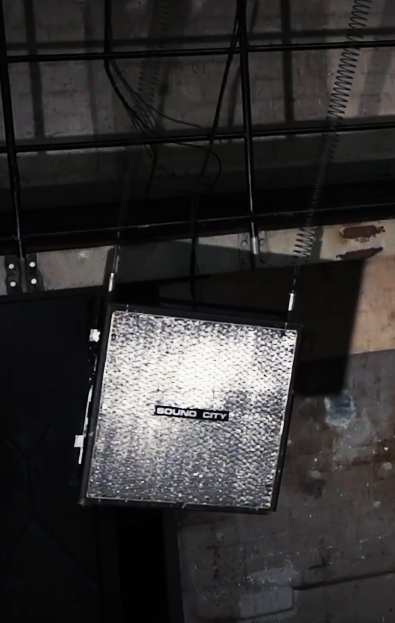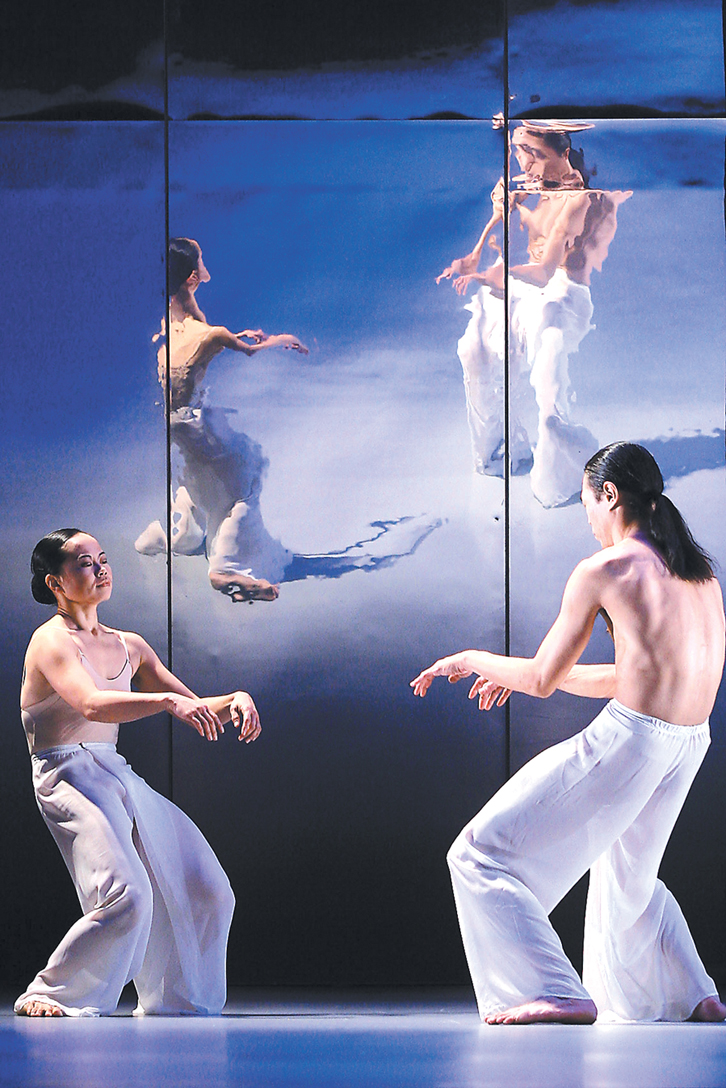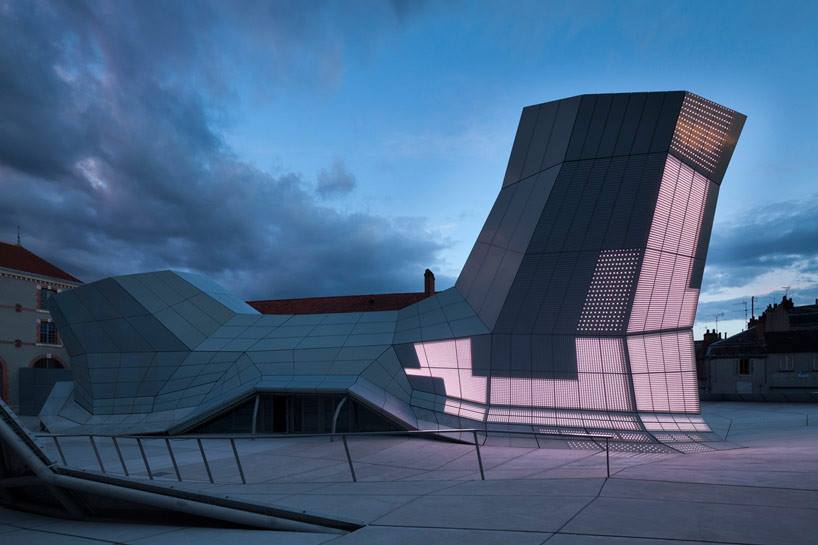
David Spriggs
First Wave
First Wave est la nouvelle œuvre d’art d’installation 3D stratachrome de David Spriggs créée pendant la pandémie pour la Triennale Oku-Noto à Suzu, au Japon. Installé dans un ancien entrepôt de filets de pêche, « First Wave » est fabriqué à l’aide de la technique de Spriggs consistant à superposer des transparents peints à la main dans l’espace. L’œuvre monochrome met en lumière notre époque de turbulence et d’anxiété.
